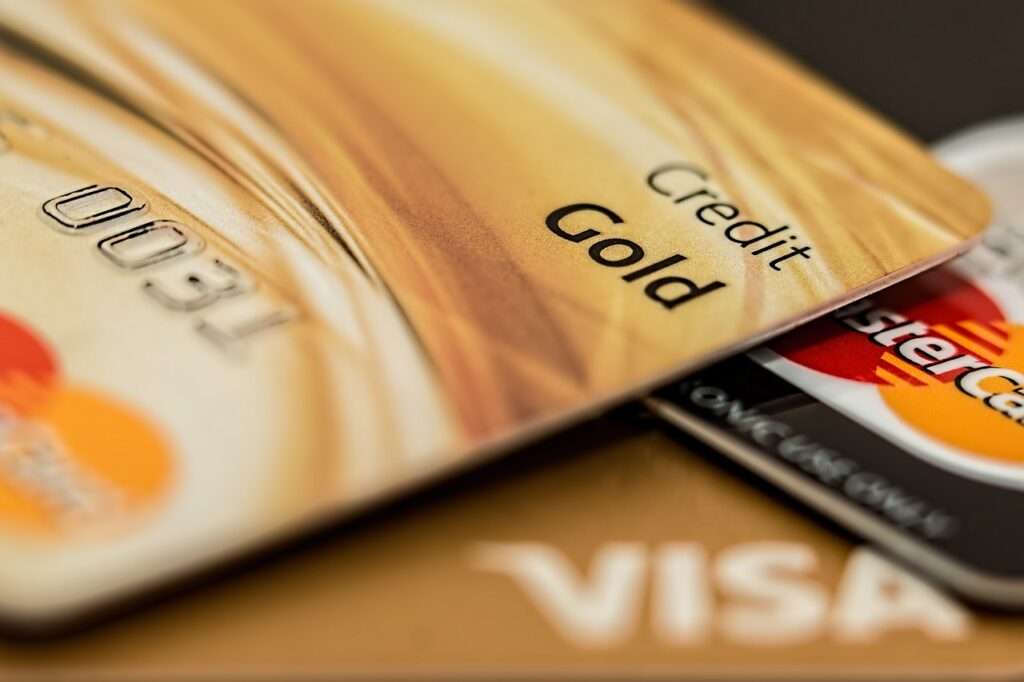To protect yourself against fraudulent credit card charges, it’s crucial to frequently review your credit card statements and utilize automated alerts to monitor transactions in real-time. If you notice any suspicious activity, promptly contact your credit card issuer and ensure you keep a written record of all communication related to the issue. This proactive approach can help you detect and dispute fraudulent charges effectively.
Detecting and Responding to Credit Card Fraud: A Quick Guide
Credit card fraud can occur unexpectedly and at inconvenient times. If you don’t regularly monitor your credit card accounts, it might take some time before you realize any unauthorized activity.
While you may not be held financially responsible for credit card fraud, it is essential to promptly identify and report any suspicious charges to your credit card issuer.
Here’s a guide on how to quickly detect fraudulent charges and efficiently dispute them for a swift resolution.
To detect credit card fraud effectively, follow these steps:
- Regularly review your credit card statements: Check your monthly statements for any unauthorized transactions. Carefully examine each line item to ensure all charges are legitimate.
- Monitor your account online: Periodically check your credit card account online to stay updated on recent transactions. This can help you detect suspicious activity faster, especially if fraudulent purchases are still pending.
- Set up credit card alerts: Utilize your card issuer’s mobile app or website to set up alerts for each card in your wallet. You can choose to receive notifications via text or email for various types of transactions, such as “card not present” transactions (e.g., online purchases), transactions that exceed a specific amount, or notifications for all transactions. These alerts will enable you to quickly spot any unusual or unauthorized activity, reducing the risk of overlooking fraudulent charges on your credit card statement.
By proactively staying vigilant and employing these detection methods, you can promptly identify credit card fraud and take the necessary steps to resolve the issue with your card issuer.
To distinguish between credit card fraud and simple billing errors, follow these steps:
- Investigate the transaction: If you come across an unauthorized transaction, first verify whether it might be a simple mistake or billing error. For instance, check if you have been double-charged by a store, which can often be resolved directly with the merchant. Additionally, consider searching the name of the merchant on your credit card statement online to see if it operates under a different name.
- Check with joint cardholders or authorized users: If you share the credit card account with others, ask them if they made the transaction in question. This step can help rule out any legitimate but unrecognized charges.
- Confirm fraudulent activity: After conducting these checks, if you determine that the transaction is indeed fraudulent and not due to a simple error, take action immediately.
- Report to your credit card issuer: Once you confirm that the transaction is fraudulent, promptly report it to your credit card issuer. They will guide you through the necessary steps to resolve the issue and protect your account.
By carefully examining and verifying the transaction in question, you can differentiate between fraud and simple errors and take appropriate actions to safeguard your finances and credit card account.
Tip: If you encounter credit card fraud on your statement, stay calm and remember your rights under the Fair Credit Billing Act. For unauthorized internet charges, you are not liable at all. In cases of other fraudulent transactions, your liability is limited to $50 if you report them promptly to your credit card issuer. Additionally, many major credit card issuers provide zero-liability fraud policies, meaning you likely won’t owe any amount for the fraudulent charges. Knowing your protections can give you peace of mind and confidence in resolving any credit card fraud issues.
To report credit card fraud, follow these steps:
- Call your credit card issuer: Contact your credit card issuer immediately to inform them of the unauthorized charges. They will guide you through the process and may resolve the matter quickly over the phone.
- Document the conversation: After the phone call, document the details of your conversation in writing. This step can protect you from any liability and provide evidence that you promptly reported the fraudulent charges. Let your issuer know in writing that you will be following up with a letter.
- Write a letter: Prepare a written letter detailing your name, account number, and a description of the unauthorized transaction. You can use the Federal Trade Commission’s sample letter as a starting point and customize it to suit your situation. Include any supporting documents and copies of previous discussions with your issuer.
- Send the letter promptly: Mail the letter to your credit card issuer’s billing inquiry address, not the payment address, so it reaches them within 60 days from the date the bill with the questionable charge was sent to you. Use certified mail and request a return receipt to track delivery and obtain confirmation of receipt by the issuer.
- Confirmation from the issuer: Your credit card issuer must acknowledge, in writing, that they received your letter within 30 days of receiving it, unless the issue is resolved.
By taking these steps and following the proper procedures, you can efficiently report credit card fraud and protect yourself from liability.
During the credit card fraud investigation, you can expect the following:
- Card Replacement: To prevent further unauthorized charges, the credit card issuer may freeze or cancel your current credit card and issue a replacement with a new card number. In such cases, you’ll need to update your payment information wherever you have the card stored for goods and services.
- No Payment Required for Disputed Amount: While the investigation is ongoing, you are not obligated to pay the disputed amount or any charges related to it. Credit card issuers cannot take legal actions or send your bill to collections during this period. However, you must still pay the portion of your bill that is valid and accurate.
- Timely Resolution: The credit card issuer must resolve the dispute within two billing cycles or a maximum of 90 days after receiving your written letter. They will provide you with written notification of their findings and any necessary next steps.
- Fraudulent Transaction Resolution: If the investigation confirms that a transaction is fraudulent, the issuer will credit your account for the disputed amount and remove any charges associated with the fraudulent transaction.
- Valid Transaction Outcome: If the issuer determines that the disputed transaction is valid, you will be responsible for paying the disputed amount and any charges related to it.
It’s essential to be patient during the investigation process and maintain open communication with your credit card issuer. Understanding your rights and responsibilities can help you navigate the process with confidence and ensure a fair resolution of the credit card fraud issue.



